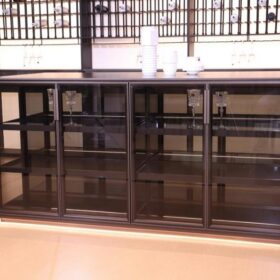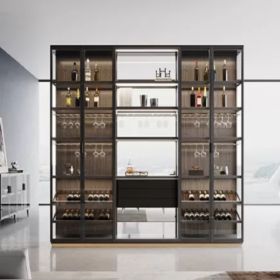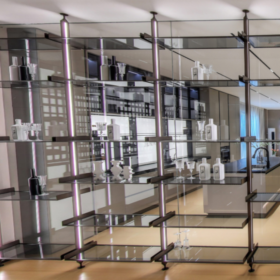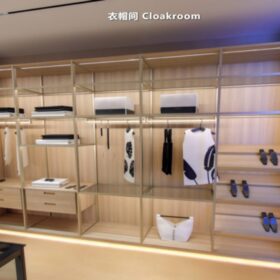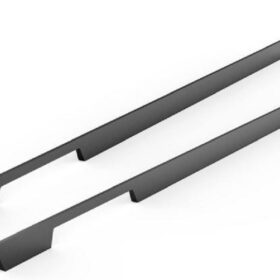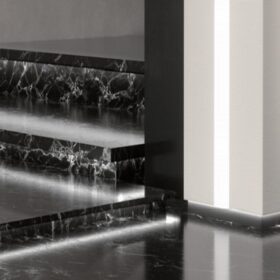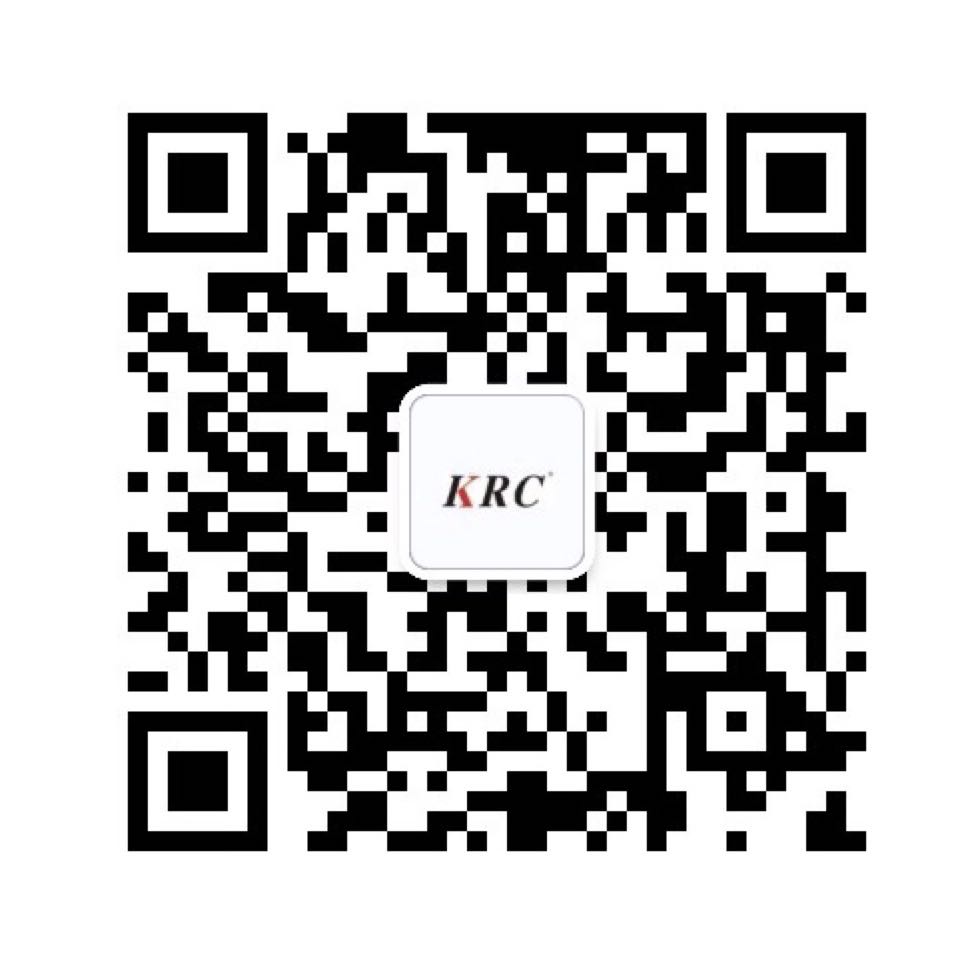Comparing Aluminum Door Frame Profiles to Other Materials
In the realm of construction, door frames play a crucial role in shaping aesthetics, functionality, and longevity. While various materials have been employed for this purpose, aluminum has emerged as a superior choice, outperforming its counterparts in numerous aspects. This article delves into the key distinctions between aluminum door frame profiles and those made from other materials, unraveling the reasons behind aluminum’s widespread adoption in modern architecture.
Strength and Durability
One of the most compelling advantages of aluminum door frame profiles is their exceptional strength-to-weight ratio. Aluminum’s inherent robustness allows it to withstand substantial loads without compromising structural integrity. Moreover, its resistance to corrosion, moisture, and extreme temperatures ensures longevity in demanding environments, making it an ideal choice for both indoor and outdoor applications.
Thermal Insulation
In today’s energy-conscious world, thermal insulation has become paramount. Aluminum door frame profiles offer superior thermal performance due to their low conductivity. By effectively preventing heat transfer, aluminum reduces energy consumption and enhances indoor comfort, leading to significant cost savings for building owners.
Fire Resistance
Safety is paramount in any construction project. Aluminum’s inherent incombustibility makes it an excellent material for door frames in high-risk applications. Its ability to withstand extreme heat and flames provides a valuable layer of protection in the event of a fire, ensuring the safety of occupants.
Aesthetics and Versatility
Beyond its functional benefits, aluminum’s aesthetic appeal and versatility make it a popular choice for architects and designers. The sleek and modern look of aluminum door frame profiles complements various architectural styles, from contemporary to traditional. Additionally, aluminum’s malleability allows for customization and the creation of intricate designs, offering designers endless possibilities to create unique and eye-catching entrances.
Cost-Effectiveness
While the initial investment in aluminum door frame profiles may be higher compared to other materials, its durability and low maintenance requirements make it a cost-effective choice in the long run. Aluminum’s resistance to corrosion and weathering eliminates the need for frequent repairs and repainting, resulting in significant savings over its lifespan.
Conclusion
Through a comprehensive comparison with other materials, it becomes evident that aluminum door frame profiles offer a winning combination of strength, durability, thermal insulation, fire resistance, aesthetics, and cost-effectiveness. By choosing aluminum, architects and builders can ensure the longevity, safety, and visual appeal of their structures while maximizing energy efficiency and minimizing maintenance costs. As the construction industry continues to evolve, aluminum’s exceptional qualities will undoubtedly solidify its dominance as the preferred material for door frame profiles.
-
2024-11-29Top Trends in Modern Kitchen Cabinet Pulls for 2024
-
2024-11-28The Ultimate Guide to Modern Kitchen Cabinet Pulls- Materials, Styles, and Tips
-
2024-11-27Elevate Your Kitchen Design with These Must-Have Modern Cabinet Pulls
-
2024-11-26Sleek and Stylish- The Best Modern Kitchen Cabinet Pulls for a Contemporary Look


